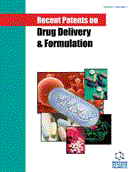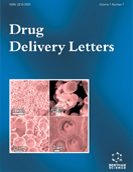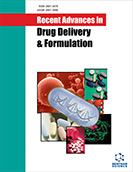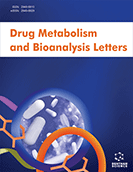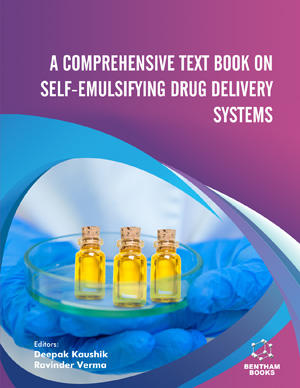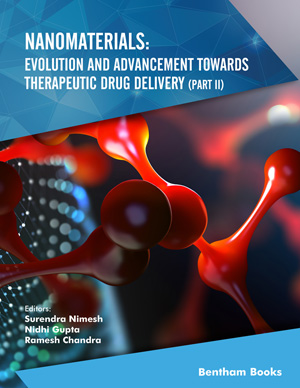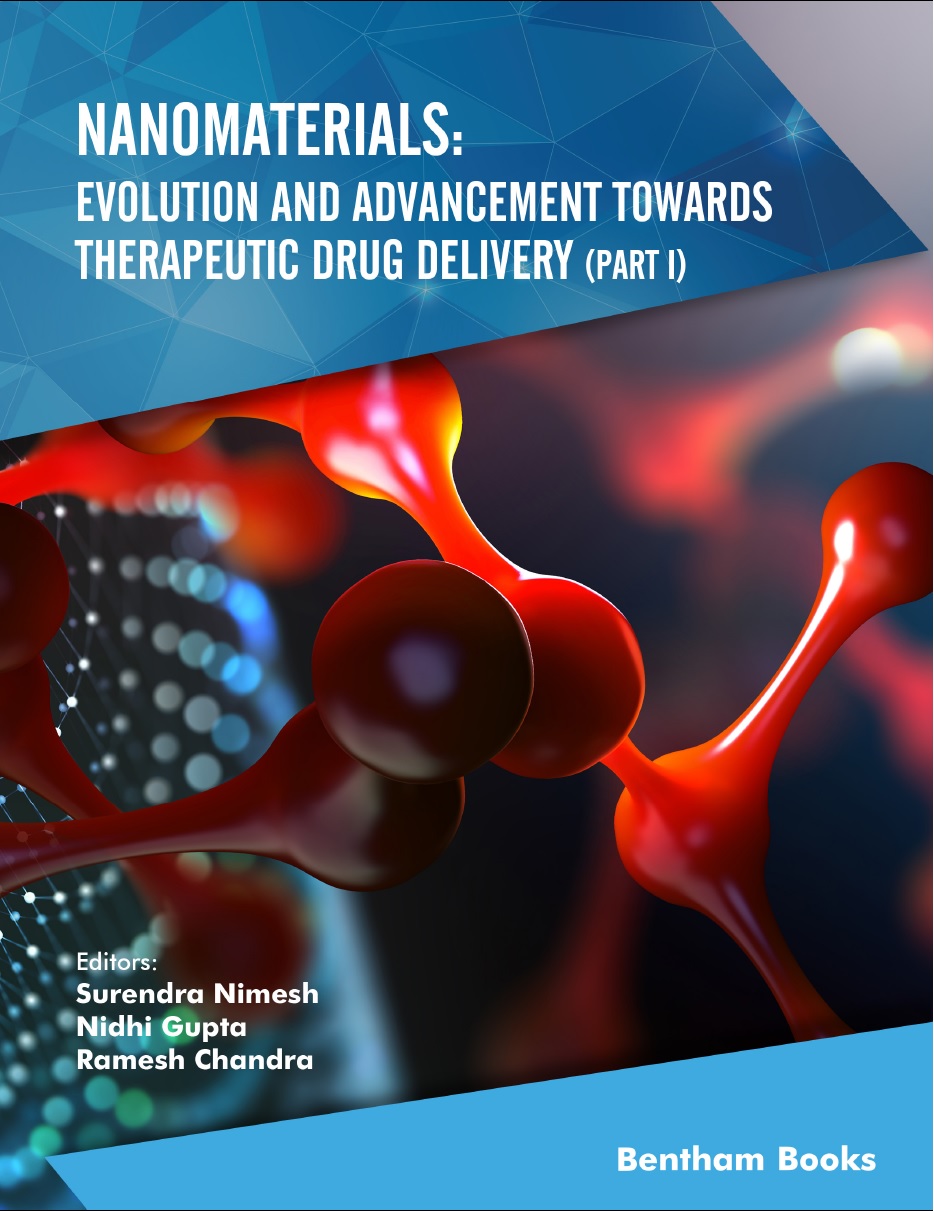Abstract
siRNA inhibits protein expression by degrading complementary mRNA sequence and hence, it is widely applicable for the treatment of various diseases where single or multiple gene knock down is necessary. Due to the severity and lethality of pulmonary diseases, siRNA has been focused for improved health in these diseases. Pulmonary accumulation of siRNA can be achieved by different means like intranasal or inhalation administration or intratracheal route which is mainly utilized for in vivo animal studies. However, various pulmonary obstacles and intracellular barriers for siRNA transport challenge this novel therapeutic moiety. Researchers have utilized different viral and non-viral delivery vectors for intracellular delivery of siRNA to knock down target mRNA. The promise of RNA interference, mediated by siRNAs, has revolutionized the prospects for modulating gene expression as a way to achieve therapeutic aims in disease treatment. This review focuses on patents describing the siRNA delivery either in naked form or along with a single/multiple delivery vectors. Many inventors have shown promising results for pulmonary utilization of siRNA and more concentration on delivery system may make this genomic approach available to the clinics soon.
Keywords: Aerosol, dry powder inhaler, genomics, intranasal, lung, nebulizer, pulmonary delivery, siRNA, INTRATRACHEAL ROUTE, RESPIRATORY SYNCYTIAL VIRUS
Recent Patents on Drug Delivery & Formulation
Title: Patents Review in siRNA Delivery for Pulmonary Disorders
Volume: 6 Issue: 1
Author(s): Nirav I. Khatri, Mohan N. Rathi, Atul A. Kolte, Girish G. Kore, Manisha S. Lalan, Sonia Trehan and Ambikanandan R. Misra
Affiliation:
Keywords: Aerosol, dry powder inhaler, genomics, intranasal, lung, nebulizer, pulmonary delivery, siRNA, INTRATRACHEAL ROUTE, RESPIRATORY SYNCYTIAL VIRUS
Abstract: siRNA inhibits protein expression by degrading complementary mRNA sequence and hence, it is widely applicable for the treatment of various diseases where single or multiple gene knock down is necessary. Due to the severity and lethality of pulmonary diseases, siRNA has been focused for improved health in these diseases. Pulmonary accumulation of siRNA can be achieved by different means like intranasal or inhalation administration or intratracheal route which is mainly utilized for in vivo animal studies. However, various pulmonary obstacles and intracellular barriers for siRNA transport challenge this novel therapeutic moiety. Researchers have utilized different viral and non-viral delivery vectors for intracellular delivery of siRNA to knock down target mRNA. The promise of RNA interference, mediated by siRNAs, has revolutionized the prospects for modulating gene expression as a way to achieve therapeutic aims in disease treatment. This review focuses on patents describing the siRNA delivery either in naked form or along with a single/multiple delivery vectors. Many inventors have shown promising results for pulmonary utilization of siRNA and more concentration on delivery system may make this genomic approach available to the clinics soon.
Export Options
About this article
Cite this article as:
I. Khatri Nirav, N. Rathi Mohan, A. Kolte Atul, G. Kore Girish, S. Lalan Manisha, Trehan Sonia and R. Misra Ambikanandan, Patents Review in siRNA Delivery for Pulmonary Disorders, Recent Patents on Drug Delivery & Formulation 2012; 6 (1) . https://dx.doi.org/10.2174/187221112799219116
| DOI https://dx.doi.org/10.2174/187221112799219116 |
Print ISSN 1872-2113 |
| Publisher Name Bentham Science Publisher |
Online ISSN 2212-4039 |
 37
37Related Articles
-
Perspectives of Protein Kinase C (PKC) Inhibitors as Anti-Cancer Agents
Mini-Reviews in Medicinal Chemistry Selective VEGFR Inhibitors for Anticancer Therapeutics in Clinical Use and Clinical Trials
Current Pharmaceutical Design Alpha-Emitters for Immuno-Therapy: A Review of Recent Developments from Chemistry to Clinics
Current Topics in Medicinal Chemistry Heme Oxygenase -1 Gene Therapy: Recent Advances and Therapeutic Applications
Current Gene Therapy Synthesis of [<sup>64</sup>Cu]Cu-NOTA-Bn-GE11 for PET Imaging of EGFR-Rich Tumors
Current Radiopharmaceuticals DNA-Based Methods to Prepare Helper Virus-Free Herpes Amplicon Vectors and Versatile Design of Amplicon Vector Plasmids
Current Gene Therapy Medicinal Plants for Glioblastoma Treatment
Anti-Cancer Agents in Medicinal Chemistry Glioblastoma Multiforme and its Cell Interruption
Current Cancer Therapy Reviews Risk Assessment of the Use of Autonomous Parvovirus-Based Vectors
Current Gene Therapy Role of GSK-3 in Cardiac Health: Focusing on Cardiac Remodeling and Heart Failure
Current Drug Targets The Potential for Substance P Antagonists as Anti-Cancer Agents in Brain Tumours
Recent Patents on CNS Drug Discovery (Discontinued) Molecular Imaging with Small Animal PET/CT
Current Medical Imaging Novel Superactive Leptin Antagonists and their Potential Therapeutic Applications
Current Pharmaceutical Design The Molecular Targets of Cannabinoids in the Treatment of Cancer and Inflammation
Current Pharmaceutical Design Bevacizumab and Angiogenesis Inhibitors in the Treatment of CNS Metastases: The Road less Travelled
Current Molecular Pharmacology Graphene Oxide: A Carrier for Pharmaceuticals and a Scaffold for Cell Interactions
Current Topics in Medicinal Chemistry FOXO and FOXM1 in Cancer: The FOXO-FOXM1 Axis Shapes the Outcome of Cancer Chemotherapy
Current Drug Targets Oxazole-Based Compounds As Anticancer Agents
Current Medicinal Chemistry Exploiting Cyclooxygenase-(in)Dependent Properties of COX-2 Inhibitors for Malignant Glioma Therapy
Anti-Cancer Agents in Medicinal Chemistry Transcriptomics of Antipsychotic Drug Function: What have we Learned from Rodent Studies?
Current Psychopharmacology


